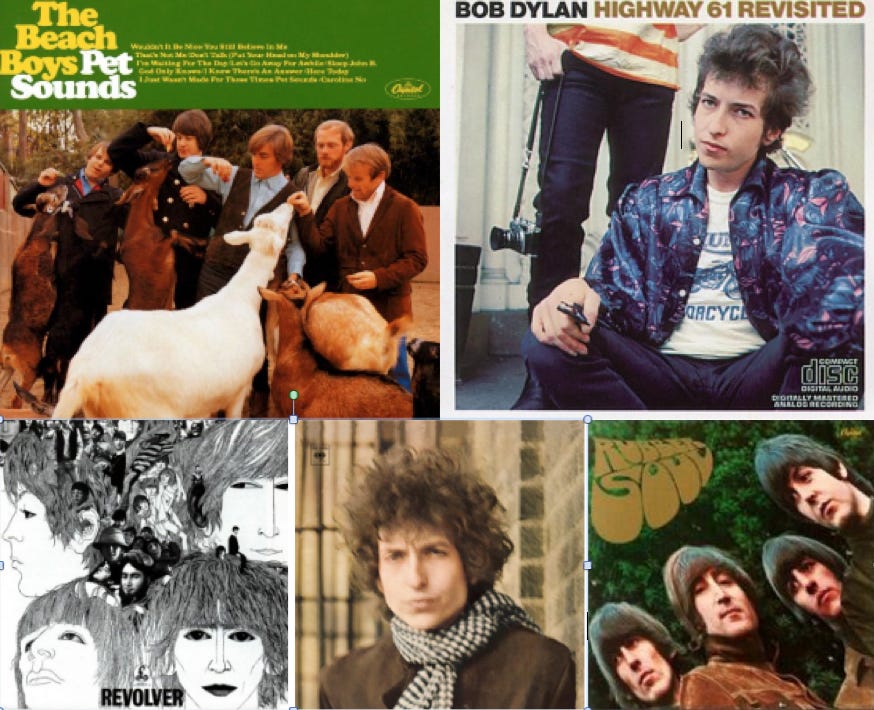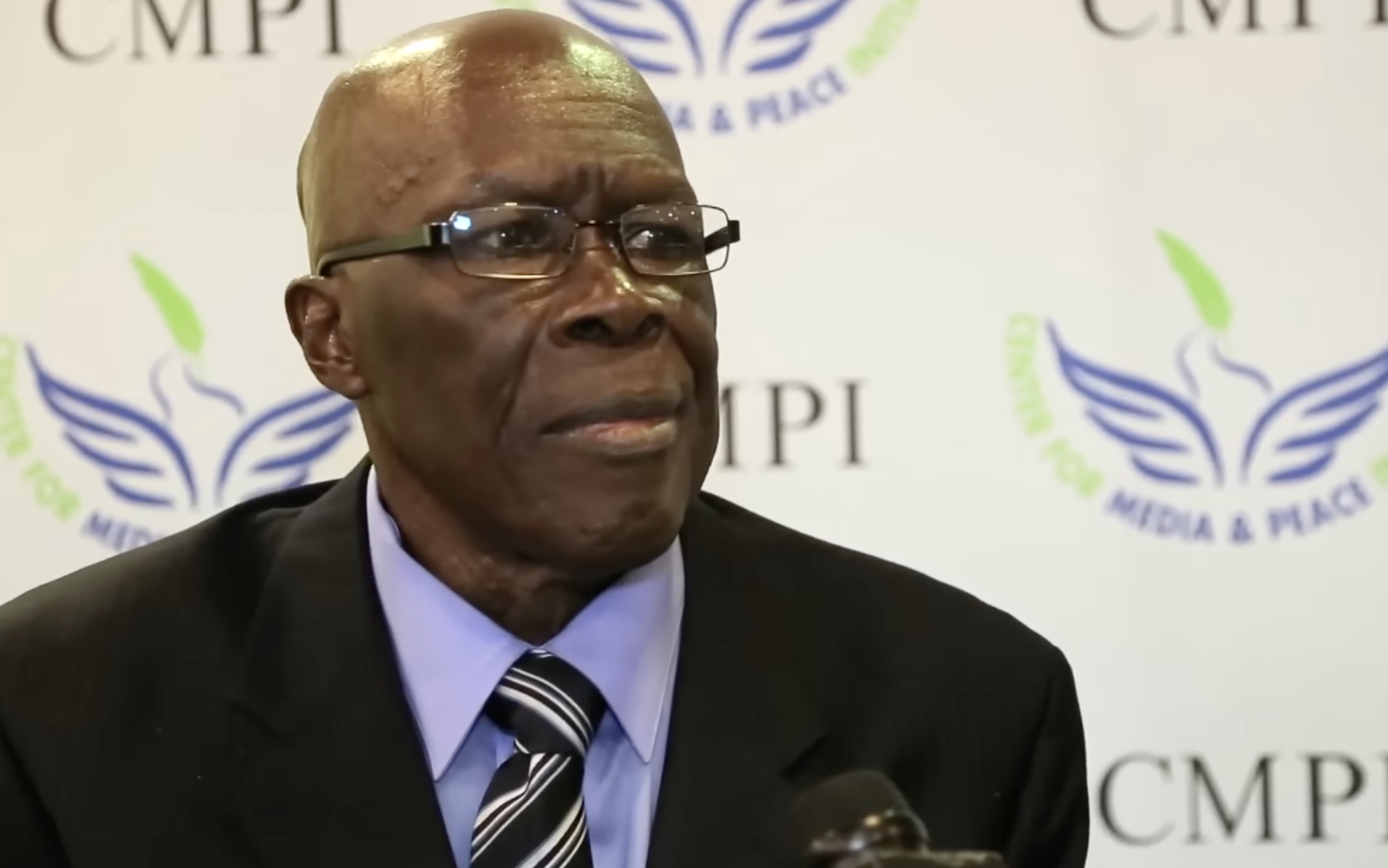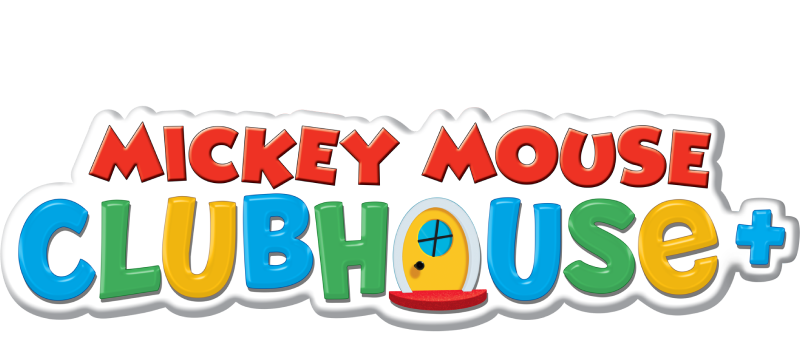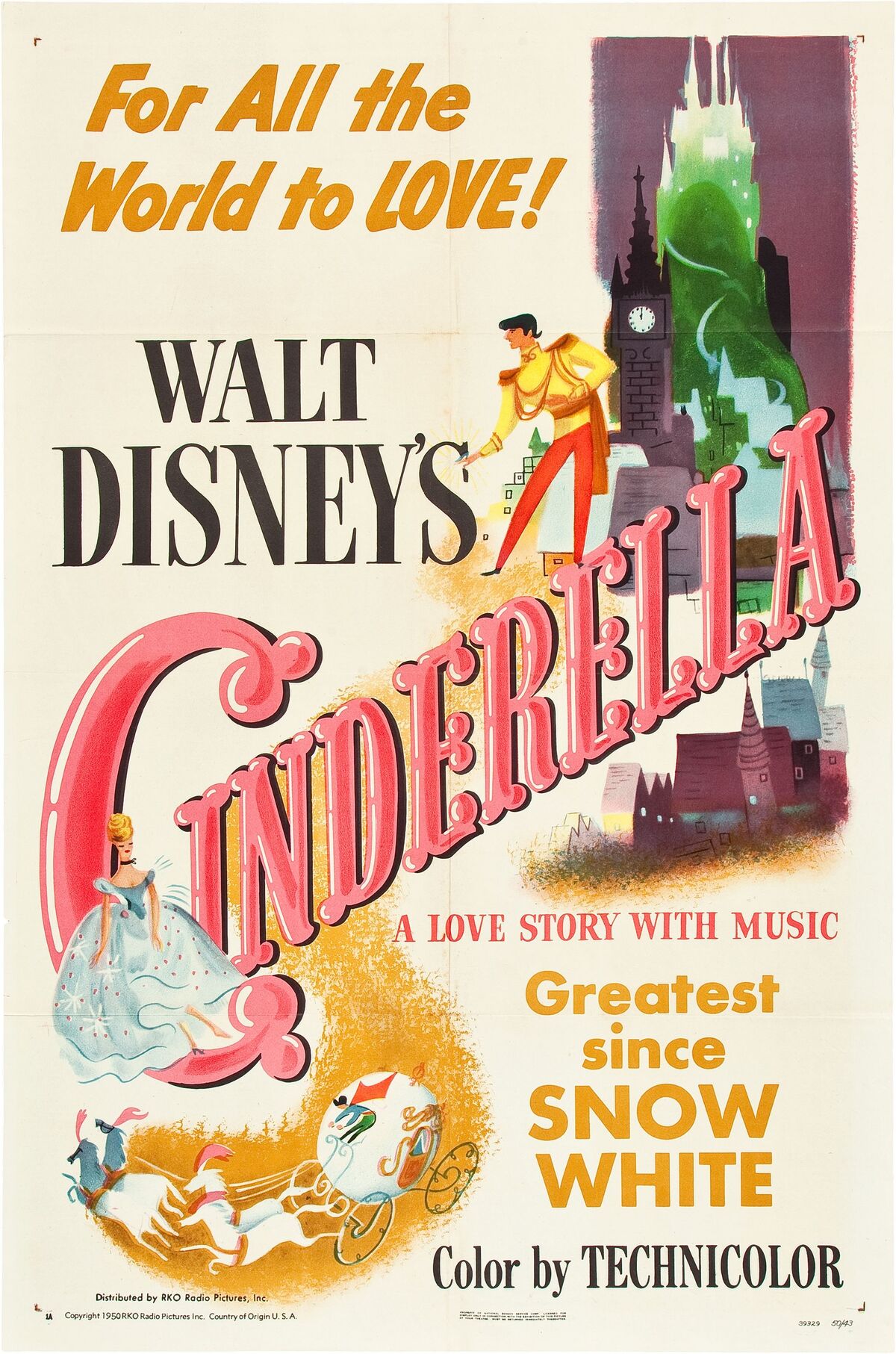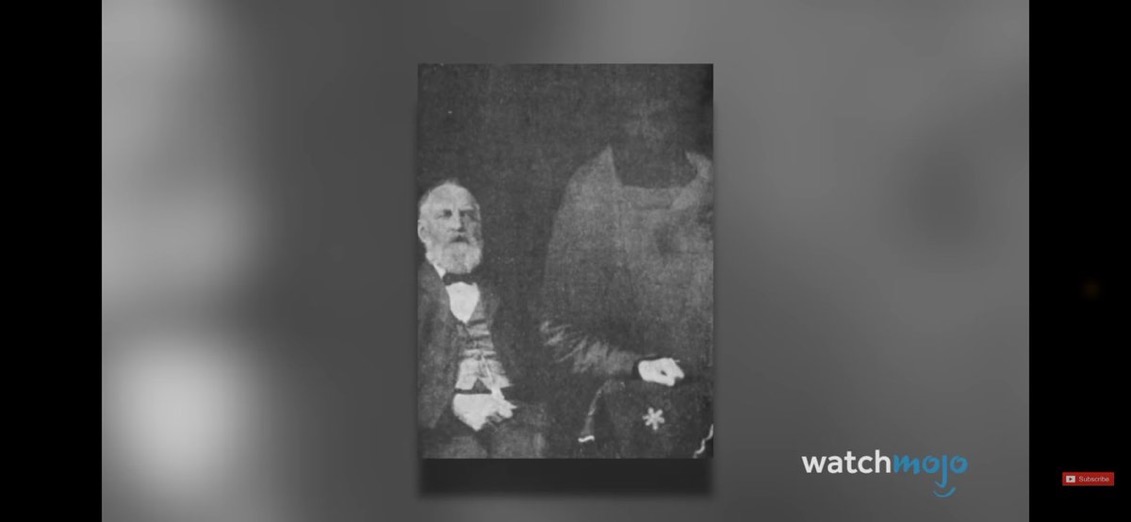[This post was written before I heard the sad news that Brian Wilson passed away. Only the title was changed.]
In this post, I’m going to make a few comments about the pop music revolution that took place over a 14-month period in 1965-66. It’s a sort of follow-up to an earlier post I did on Renaissance painting. I can already anticipate some of the objections; so let me address them before getting into the meat of the post.
“It’s just boomer nostalgia.” Maybe, but I first started listening to music in the 1970s. Back in 1975, I might have cited 1971 as the best year. It’s only much later that I came to view the mid-60s as the key period. At that time, I was 10 years old and living in a non-musical household with no record player. Very little pop music was on TV. I had no idea that songs like Tomorrow Never Knows and Visions of Johanna even existed, and if I’d heard them I might not even have recognized them as being music.
In addition, it’s been 60 years since the period I’m about to consider, and 14 months is a very narrow window. Why not be obsessed with 1963, or 1968? Furthermore, if it were just a generational thing then with each passing decade the pivotal period would keep shifting into the future. By the mid-1980s, the music of the mid-60s seemed like ancient history, but it was already looked back on as a pivotal period in pop music. As far as I can tell, music critics have roughly the same view of the mid-1960s pop explosion today as they had in the 1980s. And they aren’t the same critics.
OK, so what makes the mid-60s special? Lots of things. This was when global population growth peaked at 2.1%, the highest rate in human history, and given current trends that fact will continue to be true for centuries to come. This was when the Great Inflation began, which is the event that more than any other shaped my views on economics. But today I’ll focus on pop music, specifically the roughly 14 months between the date when the Rolling Stones released the single Satisfaction (6/4/65) and the date when the Beatles released the album Revolver (8/5/66). Barely more than a single year.
Any discussion of this period almost has to start with the Beatles, who released 3 albums within this 14-month window. Help is regarded as the weakest, but it contains the most covered song ever written. With Rubber Soul and Revolver the Beatles reached an artistic peak, which was more like a long plateau extending all the way to Abbey Road.
If you look at any list of the best pop songwriters, Lennon/McCartney and Bob Dylan always come out near or at the top. Coincidentally, both reach an artistic peak at almost exactly the same time. Dylan’s Highway 61 Revisited and Blonde on Blonde were also released within that period. (And another great album just 2 months earlier.)
I no longer watch much TV, but back when I did I recall long late night commercials selling collections of pop music. After listing all the artists you get, the announcer would excitedly state “But that’s not all!” and then describe another “bonus” disk of pop favorites. And then another “But that’s not all”, and even more free music. Older readers may recall those lame commercials. In any case, that’s how I feel about mid-1965 to mid-1966. The riches seem to never end.
Brian Wilson is also regarded as one of the best pop songwriters of all time, and the Beach Boys released three albums during the 14-month window, including Pet Sounds. Pet Sounds is currently number one on a prominent list of the greatest pop albums of all time. Indeed 5 of the 6 albums I’ve mentioned so far are in the top 32 of all time, and 4 of those 5 are in the top 11. All 5 were issued within a 14-month period. Even if you think its boomer nostalgia, why are they so bunched up in such a short period of time? (BTW, Pet Sounds was the least commercially successful of the three Beach Boys albums during that period.)
But that’s not all!
Mick Jagger and Keith Richards are also an outstanding songwriting duo. In my view they peaked in the late 60s and early 1970s, but it was during late 1965 and early 1966 when they first achieved greatness. In addition to the single Satisfaction, you had songs like Get Off of My Cloud, and their first great album (Aftermath), which contains a bunch of songs that are still fairly popular (Paint it Black, Lady Jane and Under My Thumb.)
But that’s not all!
Paul Simon is another all-time great songwriter, and his first big hit (The Sound of Silence) came out in January 1966.
The Byrds invented folk rock, and put out three albums during that period. This period included the classic Eight Miles High, as well as some famous covers of songs like Mr. Tambourine Man.
The Who came out with the album My Generation, and its title track might be regarded as the very first punk rock song. The Beatles helped to invent psychedelic rock. Dylan invents a new style of writing lyrics, and in songs like Subterranean Homesick Blues he creates the first (and in my view the best) music video and uses an almost rap style wordplay.
But that’s not all!
Even this almost absurd cornucopia of riches overlooks all the singles that were not included on albums. Today, artists who wrote songs like Satisfaction and Positively 4th Street would not leave them off their albums. During this period the Beatles released We Can Work It Out, Day Tripper, Paperback Writer, and Rain as singles. (Listen to Ringo’s drumming on Rain.) Imagine how good Rubber Soul and Revolver would be with those songs added. Dylan left great songs like She’s Your Lover Now off Blonde on Blonde, and didn’t even bother releasing it as a single. They were tossing away songs that would be a crowning achievement of most pop songwriters.
But that’s not all!
I haven’t even mentioned Motown. Marvin Gaye, Otis Redding The Temptations, The Supremes, the Four Tops, Martha & the Vandellas, Stevie Wonder, and Aretha Franklin. Many all time classic Motown songs that you still hear on the radio or in movie soundtracks came from the mid-1960s.
But that’s not all:
Who can ever forget how Wong Kar Wai used California Dreaming (from December 1965) in the 1994 film Chungking Express? (Amazingly, the best French New Wave film was produced in Hong Kong.) Garage rock began in April 1966 with the song Wild Thing.
Late in his life, Cezanne produced some of his very best paintings. I’d guess that he paid little attention to the movie industry, which was just beginning at the time. He probably would have been astounded to learn that movies became the most vibrant form of visual art during the 20th century. It wasn’t widely recognized as an art form until after the greatest period of cinema was almost over.
It is very possible that something similar is happening today. Because I don’t play video games or watch TikTok, I am out of touch with many of the innovations now occurring in the digital world. Here’s The Economist:
In 2024 the webtoons market was worth $9bn; it is projected to reach nearly $100bn by 2033, according to IMARC, a consultancy. That figure is higher than the projected market size of manga, Japan’s celebrated comic books. Indeed, even Japanese readers are ditching their homegrown comics for the digital alternative. The highest-grossing app in Japan in the first quarter of this year was Line Manga, a confusingly named webtoon app.
I recall when 60s pop music was dismissed as light entertainment. The same was true of the early silent films. Or Hitchcock’s films from the 1950s. Even the novel was originally viewed as falling well short of more serious literature such as epic poetry. It’s quite likely that right at this moment a rich and strange new art form is being created, and I’ll go to my grave like Dylan’s Mr. Jones, not knowing what it is.
Beginning around 1965, the pop music industry changed. Instead of performers, pop music began to be dominated by singer-songwriters. (In the 21st century, performers have come back into style.)
So how does one become a successful singer-songwriter? The answer is simple, be born in an English-speaking country in the early 1940s. The world has about 8 billion people. Roughly one half of 1% of the world’s population was born in English speaking countries like America, Canada, the UK and Jamaica, between the years of 1940 and 1945.
Pop songwriters born between 1940 and 1945 include: John Lennon, Paul McCartney, Bob Dylan, Paul Simon, Brian Wilson, Lou Reed, Mick Jagger & Keith Richards, Pete Townsend, Joni Mitchell, Neil Young, Van Morrison, Ray Davies, Smokey Robinson, Carole King, Bob Marley, Lamont Dozier & Brian Holland, and Randy Newman. That’s 17 of Rolling Stone’s all time top 30 songwriters, and 10 of the top 12. What’s the second best 6-year stretch of songwriters? I don’t know, who finished second to Secretariat in the Belmont Stakes?
Occasionally, I stop by at a trendy independent coffee shop, to check out one of their new flavored concoctions. I always have the same problem. The young barista asks me some questions, and I cannot make out what she is saying. It’s a combination of the young woman speaking fast, me being a bit hard of hearing (too much rock music), and me not anticipating questions like whether I want oat milk, or whether I want the latte hot or cold. I feel like an old fossil amongst all the young people looking cool as they work on their laptops.
But then the music comes on and it’s from the mid-1960s. Ah ha! Maybe I’m not hopelessly uncool after all. Twenty years ago when sitting in a Starbucks, the music might also have been from the 1960s. But probably not from the 1940s. And forty years ago the music might also have been from the 1960s, but almost certainly not from the 1920s. And 60 years ago the music might also have been from the 1960s, but certainly not from 1905.
Based on experience, I know I’ll lose this argument. Younger people tell me it’s just boomer nostalgia, that there’s no objective evidence that anything special happened in the mid-1960s. But deep down I know I’m right. Eventually, enough time will have gone by that the special nature of this period will become undeniable. Unfortunately, I won’t be around to say .
PS. Oat milk? I grew up in &$#%ing Wisconsin in the 60s, where every single school day we were fed cartoons of whole milk at 10am and again at 2pm. I still drink tap water with all its chemicals. I don’t even know what gluten is. I’m a 70-year old man—do I look like I’d want oat milk?
